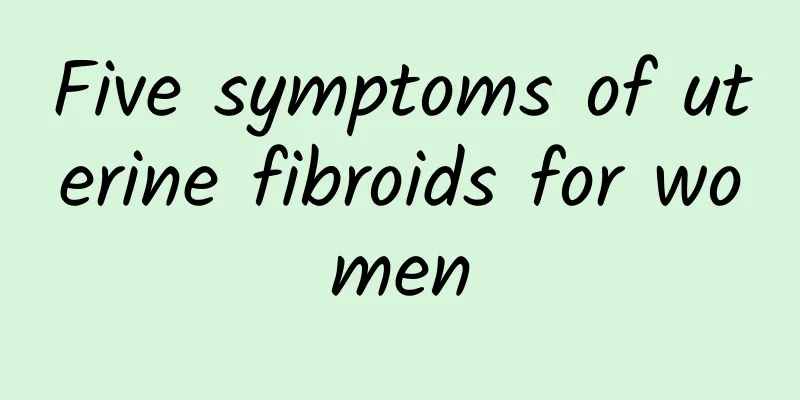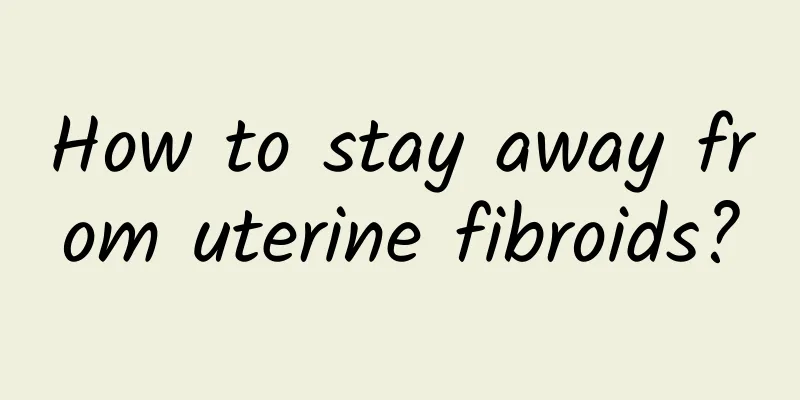How to treat early stage endometriosis

|
The initial symptoms of endometriosis are usually mild and can be relieved by some non-surgical methods, but if the symptoms worsen or affect daily life, it is very important to seek medical attention in time. Endometriosis is a common gynecological disease that refers to the growth of endometrial tissue outside the uterine cavity. Commonly affected areas include the ovaries, pelvic peritoneum, and fallopian tubes. Because these ectopic endometriums also follow the hormonal changes of the menstrual cycle, they will bleed like normal endometrium, but this blood is trapped in the body and cannot be discharged, causing inflammation and pain. Symptoms usually include dysmenorrhea, pelvic pain, and irregular menstruation. In the early stages, patients can try to improve symptoms by adjusting their lifestyle. For example, moderate exercise and a healthy diet can help relieve pain. Studies have shown that aerobic exercise can improve pelvic blood circulation and relieve menstrual pain. In addition, it is also important to maintain mental health, as stress and anxiety may aggravate pain. You can also consider drug treatment, such as nonsteroidal anti-inflammatory drugs (NSAIDs) to relieve pain, or oral contraceptives to regulate the menstrual cycle and reduce menstrual bleeding. In the early stages, patients can try to improve symptoms by adjusting their lifestyle. For example, moderate exercise and a healthy diet can help relieve pain. Studies have shown that aerobic exercise can improve pelvic blood circulation and relieve menstrual pain. In addition, it is also important to maintain mental health, as stress and anxiety may aggravate pain. You can also consider drug treatment, such as nonsteroidal anti-inflammatory drugs (NSAIDs) to relieve pain, or oral contraceptives to regulate the menstrual cycle and reduce menstrual bleeding. In addition to lifestyle adjustments and medication, it is also helpful to understand proper health care measures. Patients can relieve pain by applying warm compresses to the abdomen or taking a warm bath. Eat more anti-inflammatory foods, such as fish rich in omega-3 fatty acids and vegetables rich in dietary fiber, to reduce inflammation in the body. For patients whose symptoms are more severe or cannot be relieved by initial treatment, timely medical treatment and professional medical evaluation are key to ensure effective treatment. Doctors may recommend some hormone treatment options or minimally invasive surgery to help control the disease. |
<<: Is pelvic mass adenomyosis?
>>: What bacteria cause bacterial vaginosis
Recommend
Study: Excessive salt intake increases stomach cancer risk
The diverse and complex cooking methods of Taiwan...
What is painless abortion? What are the analgesic methods for painless abortion?
What is painless abortion? Although our medical t...
The most common symptom of uterine fibroids is an abdominal mass
The most common symptom of uterine fibroids is ab...
What is the effect of pelvic inflammatory enema? Clearing away heat and detoxifying
The main purpose of pelvic inflammatory disease e...
Can I get pregnant with adenomyosis?
It is possible to get pregnant with adenomyosis, ...
What are the causes of cervical erosion?
There are many reasons for cervical erosion, and ...
Common causes of uterine fibroids in women What are the causes of uterine fibroids in women
Nowadays, many women suffer from some gynecologic...
The dangers of multiple uterine fibroids
The dangers of multiple uterine fibroids: Uterine...
My period hasn't come yet, why do I have stomachache every day?
Women's stomach pain before menstruation is u...
Bartholin's gland cyst in adolescence
Bartholin's gland cysts in adolescence can be...
Cervical hypertrophy after spontaneous abortion
Cervical hypertrophy after spontaneous abortion m...
Analyze the main causes of cervical erosion
In real life, many female friends suffer from cer...
What are the dangers of irregular menstruation?
What are the hazards of irregular menstruation? I...
How can I check my irregular menstruation?
Many patients do not know how to diagnose irregul...
How big does a uterine fibroid need to be removed?
Uterine fibroids are the most common tumors of th...









